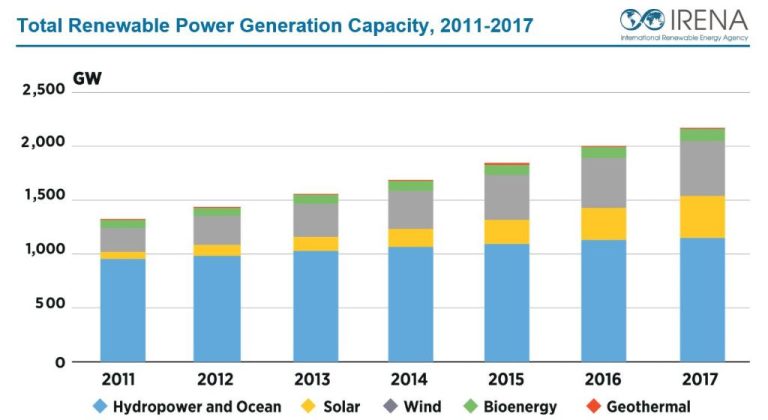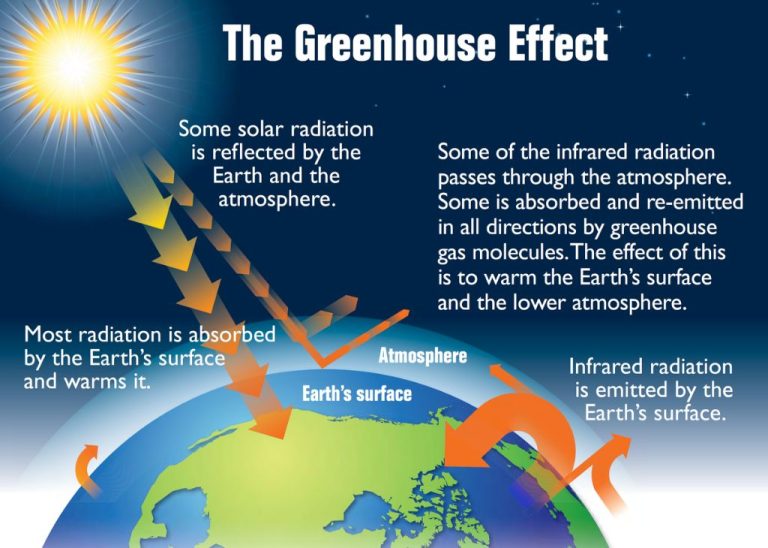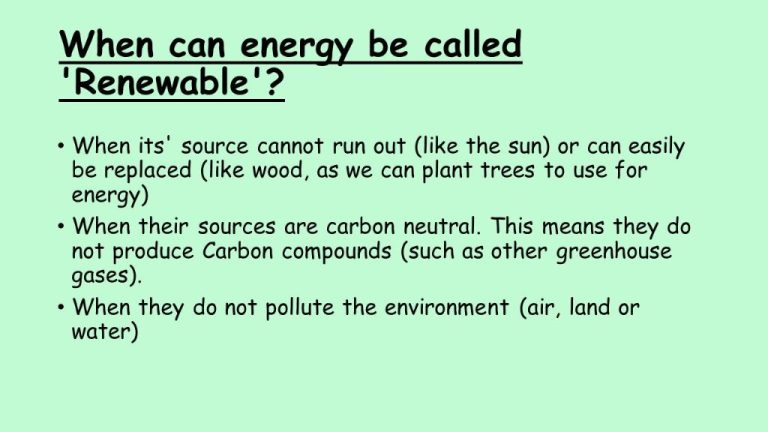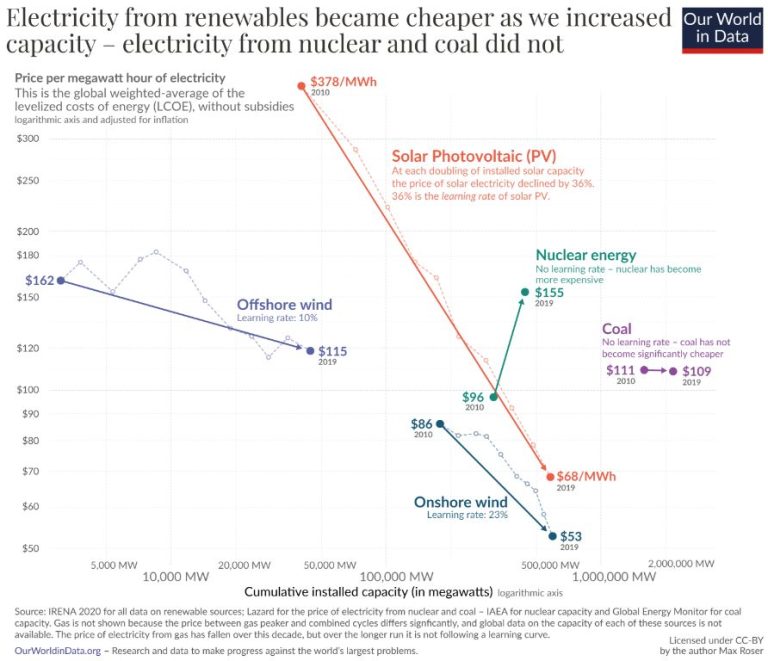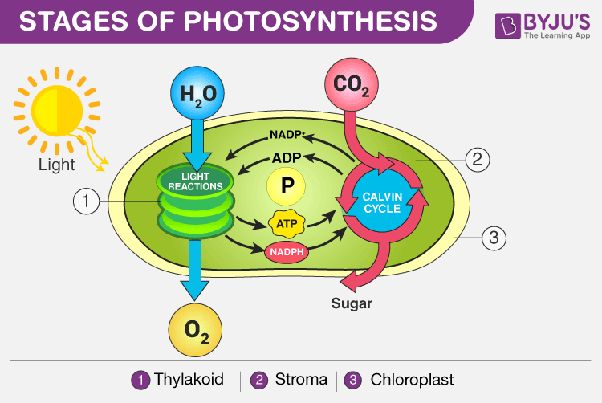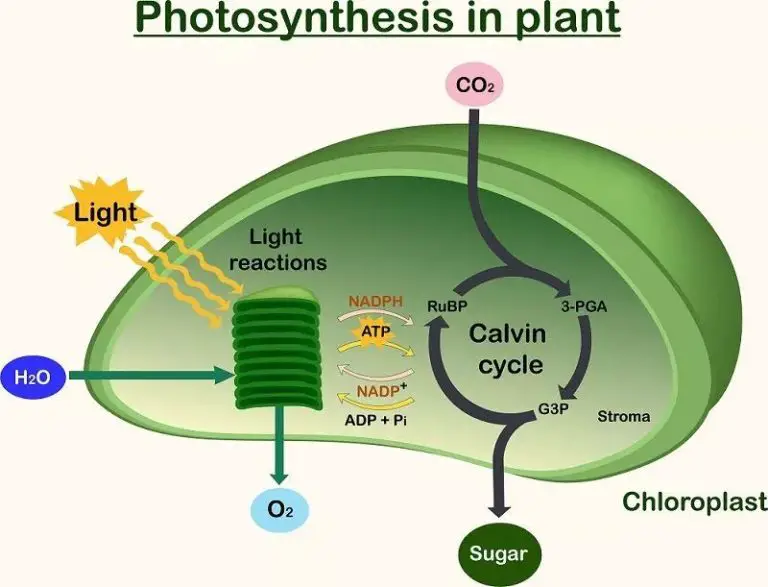Is Electricity Cleaner Than Natural Gas?
When it comes to home heating and cooking appliances, the main options are typically electricity or natural gas. There is an ongoing debate about which energy source is “cleaner” in terms of environmental and health impacts. Some claim that natural gas burns more efficiently and has lower emissions. Others argue that electricity generation from renewable sources like solar and wind makes electricity an emission-free option. This article will compare electricity and natural gas across various factors to evaluate the claim that electricity is generally cleaner than natural gas due to lower emissions.
Emissions from Electricity Generation
Electricity generation from fossil fuels like coal and natural gas is a major source of carbon dioxide emissions. According to the U.S. Energy Information Administration, in 2020 around 53% of U.S. CO2 emissions from the electric power sector came from coal, while 45% came from natural gas [1].
Burning coal for electricity releases between 0.93 and 1.12 pounds of CO2 per kWh generated, depending on the type and quality of coal [2]. Natural gas emits between 0.6 and 0.7 pounds per kWh. By comparison, solar PV and wind turbines emit virtually no CO2 during operation.
Globally, coal accounted for over 40% of CO2 emissions from electricity generation in 2020. Natural gas was around 23%, while oil accounted for around 7% [3]. Transitioning from fossil fuels to zero-emission renewable sources is critical for reducing power sector emissions.
Emissions from Natural Gas
The main emissions from natural gas occur during extraction, transportation, and combustion. Methane is the primary component of natural gas and is a potent greenhouse gas. According to the EPA, natural gas and petroleum systems were the largest sources of U.S. methane emissions, accounting for 30% of 2020 methane emissions. (EPA)
During extraction and transportation, some methane leaks or is released into the atmosphere. The EPA estimates 1.4% of methane produced at natural gas systems was emitted in 2020. Additional air pollutants like volatile organic compounds are also emitted. When natural gas is combusted it produces carbon dioxide, nitrous oxide, particulate matter, and other pollutants. However, natural gas combustion generally produces less emissions than coal or oil combustion.
While natural gas emits 50-60% less carbon dioxide when combusted compared to coal, leaks in the supply chain can offset some of those emission reductions. Minimizing methane leaks and upgrading old infrastructure can reduce the climate impact of natural gas. Overall though, natural gas combustion and full lifecycle emissions are lower than coal and oil.
Carbon Emissions Comparison
When it comes to carbon emissions, there is no clear winner between electricity and natural gas. The carbon emissions from electricity generation depend heavily on the fuel source used to generate the electricity. According to the U.S. Energy Information Administration, electricity generated from renewable sources like hydro, solar, and wind have minimal carbon emissions, while electricity from coal results in over 200g CO2/kWh generated. Electricity from natural gas emits about half the CO2 of coal at around 100g CO2/kWh (See Are gas or electric appliances better for the climate?).
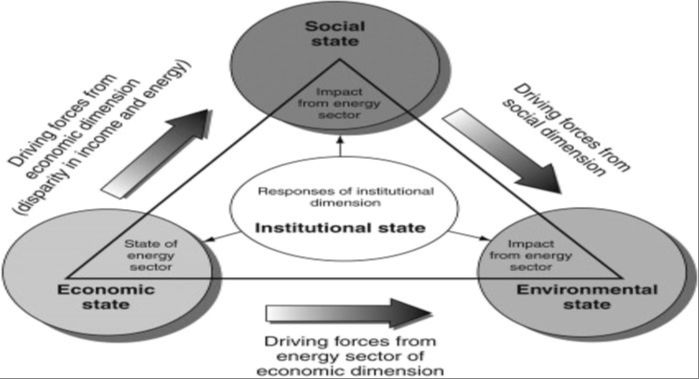
When burned directly in homes and buildings, natural gas emits about 181g CO2/kWh of useful heat produced according to the Union of Concerned Scientists (See Gas vs. Electric Heating, Which Is Better For The Environment?). This means natural gas used directly can produce comparable or even higher carbon emissions than electricity from natural gas power plants. However, natural gas emits lower emissions than heating oil or propane.
Ultimately, the carbon emissions of electricity vs. natural gas depends on the electricity generation mix where you live. In areas with abundant low-carbon electricity like hydro or nuclear power, electricity tends to be lower carbon than direct use of natural gas. But in areas still dependent on coal power, natural gas may be the cleaner option. The emissions profile of both natural gas and electricity are improving over time as well.
Other Air Pollutants
Beyond CO2 emissions, it’s important to consider other pollutants released from burning natural gas versus generating electricity. Natural gas combustion releases lower amounts of sulfur dioxide, nitrogen oxides, and particulate matter compared to coal and oil combustion. According to the U.S. Energy Information Administration, burning natural gas releases very small amounts of sulfur dioxide and nitrogen oxides, virtually no ash or particulate matter, and lower levels of carbon dioxide, carbon monoxide, and other reactive hydrocarbons.
However, nitrogen oxide emissions from natural gas combustion in turbines, boilers, and engines can contribute to air pollution. Nitrogen oxides are linked to smog formation and acid rain, and may cause respiratory illness in children with frequent exposure.1 The amount released varies based on the type of combustion unit and pollution controls used. Properly maintained natural gas equipment generally emits small amounts of nitrogen oxides.
Overall, natural gas combustion produces less particulate matter, sulfur dioxide, and nitrogen oxides across different equipment types compared to fuels like coal and oil. However, nitrogen oxide pollution is still a concern and should be monitored and controlled.
Impact on Human Health
The emissions from burning fossil fuels to generate electricity and heat from natural gas have significant impacts on human health. According to the American Lung Association, the air emissions from burning fossil fuels contain fine particle pollution, nitrogen oxides, sulfur dioxide, mercury, and other hazardous air pollutants that can cause serious health effects [1]. These pollutants can aggravate lung diseases like asthma and COPD, increase susceptibility to respiratory infections, and lead to heart attacks and strokes.
Specifically, fine particle pollution from fossil fuel emissions can penetrate deep into the lungs and cause inflammation. This can worsen bronchitis, emphysema, and asthma, and reduce lung function. Long-term exposure to fine particles has been linked to reduced life expectancy. Nitrogen oxides and sulfur dioxide contribute to fine particle pollution and ozone formation, which also harms respiratory health. Mercury emissions deposit into water bodies and build up in fish, posing neurological risks, especially to children and pregnant women.
A study by researchers at Carnegie Mellon University estimated that switching electricity generation from coal to natural gas would reduce air pollution mortality by 25% and increase life expectancy of the U.S. population by 1.3 months on average [2]. However, they note that methane leaks could diminish some of these benefits. Overall, transitioning from fossil fuels to clean renewable energy sources would provide the greatest health benefits by eliminating hazardous emissions.
Regulations and Emission Controls
Both the electricity and natural gas industries are subject to regulations aimed at controlling emissions. Here are some of the key policies in place:
For electricity generation, the EPA’s Clean Power Plan sought to cut carbon emissions from existing power plants by over 30% by 2030 compared to 2005 levels. However, this policy was repealed and replaced with the Affordable Clean Energy Rule which is more limited in scope. The EPA also implemented the Mercury and Air Toxics Standards to limit emissions of mercury, metals, and acid gases from power plants.
For natural gas, the EPA has regulations to control methane emissions during production, processing, transmission and storage. This includes the 2012 New Source Performance Standards and the 2016 New Source Performance Standards which together seek to reduce methane emissions by 40-45% from 2012 levels.
At the state level, policies like California’s cap-and-trade program create market incentives to reduce emissions from both electricity and natural gas. Regional programs like the Northeast’s Regional Greenhouse Gas Initiative also aim to lower power sector emissions.
While progress has been made, many experts argue that stronger policies are still needed at the federal, state and local levels to meet climate goals and reduce health impacts of air pollution.
Transition to Clean Energy
The global energy system is rapidly transitioning toward renewable electricity generation. According to the International Energy Agency (IEA), renewable electricity generation is projected to reach 4,500 gigawatts by 2023, equal to the current total global electricity capacity from all sources. This growth is driven by expansion of wind and solar PV, which accounted for about 85% of the over 600 TWh increase in renewable electricity in 2022.
Countries around the world are accelerating deployment of renewable energy to address climate change and energy security concerns. The IEA reports that renewable electricity generation has grown at an average annual rate of over 20% since 2015. At this pace, renewables are on track to surpass coal as the largest source of electricity generation globally within the next few years.
Consumer Choices
Consumers increasingly have options to choose cleaner electricity over natural gas for their homes. Many utility companies now offer renewable energy programs that allow customers to purchase some or all of their electricity from cleaner sources like wind and solar (https://www.energy.gov/energysaver/buying-clean-electricity). These green power options give consumers a choice in sourcing cleaner electricity to power their homes. Companies like CleanChoice Energy also let customers choose 100% renewable electricity through choosing alternative suppliers in states with electricity choice (https://cleantechnica.com/2018/12/09/how-electricity-choice-allows-consumers-to-choose-clean-energy-at-home/). Purchasing renewable energy certificates, installing onsite renewables like solar panels, and enrolling in community solar programs are other ways consumers can opt for cleaner electricity.
Conclusion
Based on the evidence presented, electricity is generally cleaner than natural gas when considering carbon dioxide emissions as well as other air pollutants. Though natural gas emits less CO2 when burned directly, electricity generation has been rapidly transitioning away from high-emission sources like coal toward renewable energy like solar and wind. As this transition continues, the CO2 emissions associated with electricity will only decrease further.
Electricity generation also emits lower amounts of air pollutants like particulate matter, nitrogen oxides, and sulfur dioxide compared to natural gas. These have significant detrimental effects on human health. That said, natural gas does play an important role as a complementary energy source to renewables due to its dispatchable nature.
Looking ahead, continued efforts to expand renewable energy and electrify sectors like transportation will be key to reducing emissions and achieving a clean energy future. Consumers can play a role by choosing renewable electricity plans and electric alternatives to gas appliances when possible.

